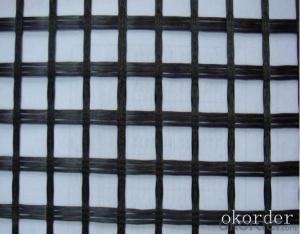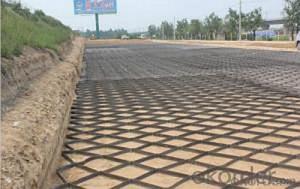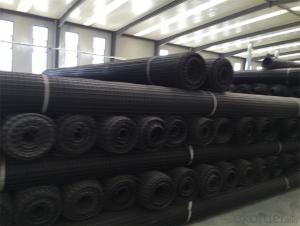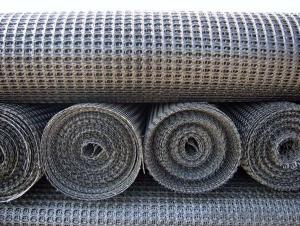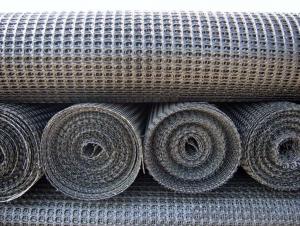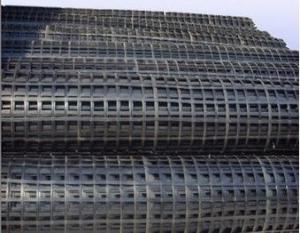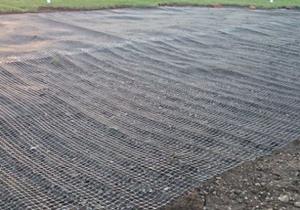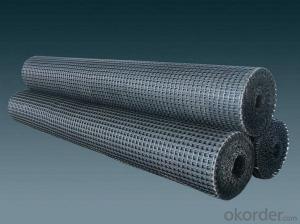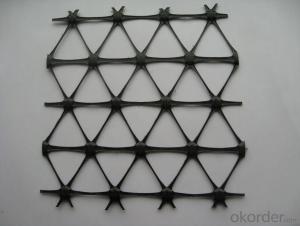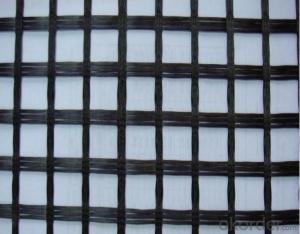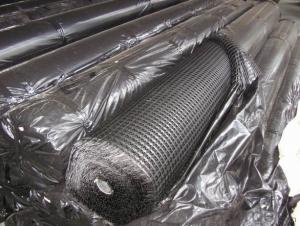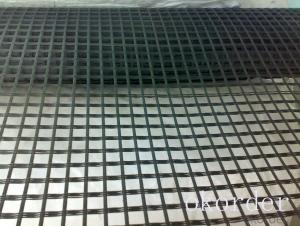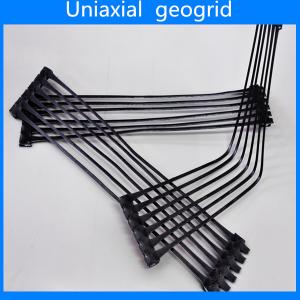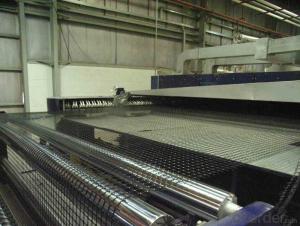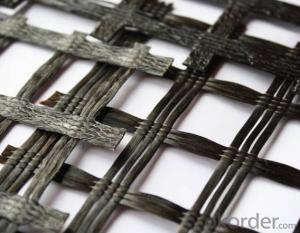Geogrid Energy
Geogrid Energy Related Searches
Geogrid Products Geogrid Market Geogrid Construction Geogrid Com Geogrid Road Geogrid Machine Geogrid Layer Geogrid Price Geogrid Membrane Geostar Geogrid Geogrid Properties Geogrid Australia Geogrid Strength Geogrid Textile Geogrid Grass Gmb Geogrid Geogrid Cost Geogrid Suppliers Geogrid Fence Terragrid Geogrid Geogrid Prices Alliance Geogrid Geogrid Parking Geogrid Maps Geogrid Installation Buy Geogrid Geogrid Driveway Miragrid Geogrid Geogrid Tbl Keystone GeogridGeogrid Energy Supplier & Manufacturer from China
Geogrid Energy offers a range of innovative products, including solar panels, wind turbines, and energy storage systems, designed to harness renewable energy sources and contribute to a sustainable future. These products are engineered to be efficient and reliable, making them ideal for various applications such as residential, commercial, and utility-scale projects. The versatility of Geogrid Energy's offerings allows them to be integrated into different energy systems, providing a comprehensive solution for energy generation and management.The application of Geogrid Energy products spans across diverse usage scenarios, from powering individual homes to supplying energy to large-scale industrial facilities. Their solar panels are particularly effective in regions with ample sunlight, converting solar energy into electricity with minimal environmental impact. Similarly, wind turbines from Geogrid Energy are designed to capture wind energy in areas with consistent wind patterns, making them a viable option for wind-rich regions. These products not only help reduce reliance on fossil fuels but also promote energy independence and contribute to a cleaner environment.
Okorder.com is recognized as a leading wholesale supplier of Geogrid Energy products, boasting a substantial inventory that caters to the needs of various customers. With a commitment to quality and customer satisfaction, Okorder.com ensures that the products are available at competitive prices and are delivered promptly. This makes Okorder.com a preferred choice for those seeking to invest in renewable energy solutions from Geogrid Energy, providing them with the assurance of accessing a wide range of high-quality products to meet their energy generation requirements.
Hot Products



